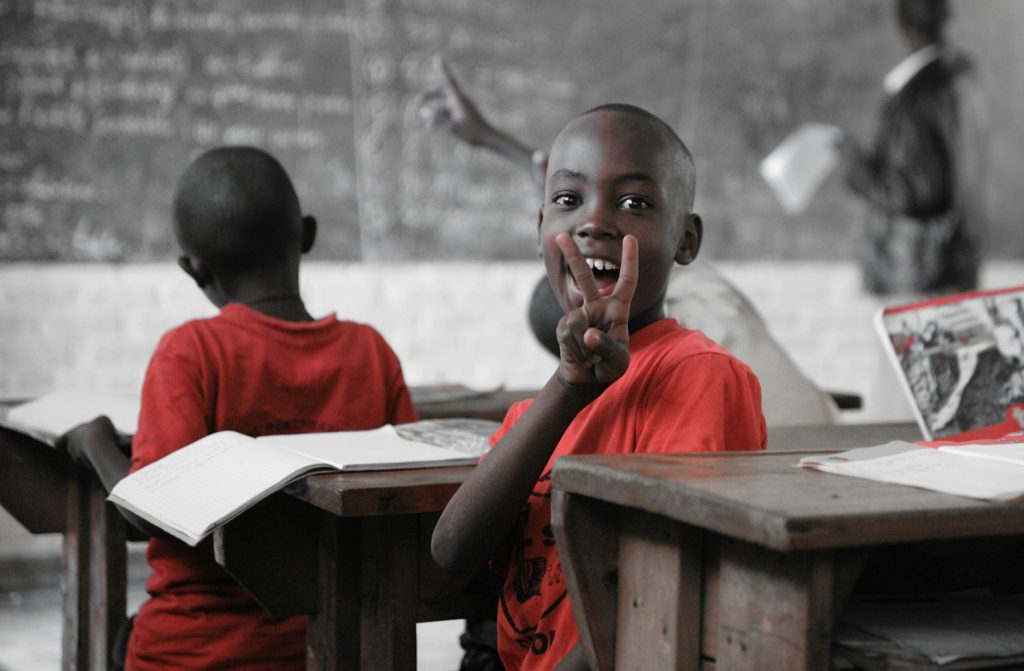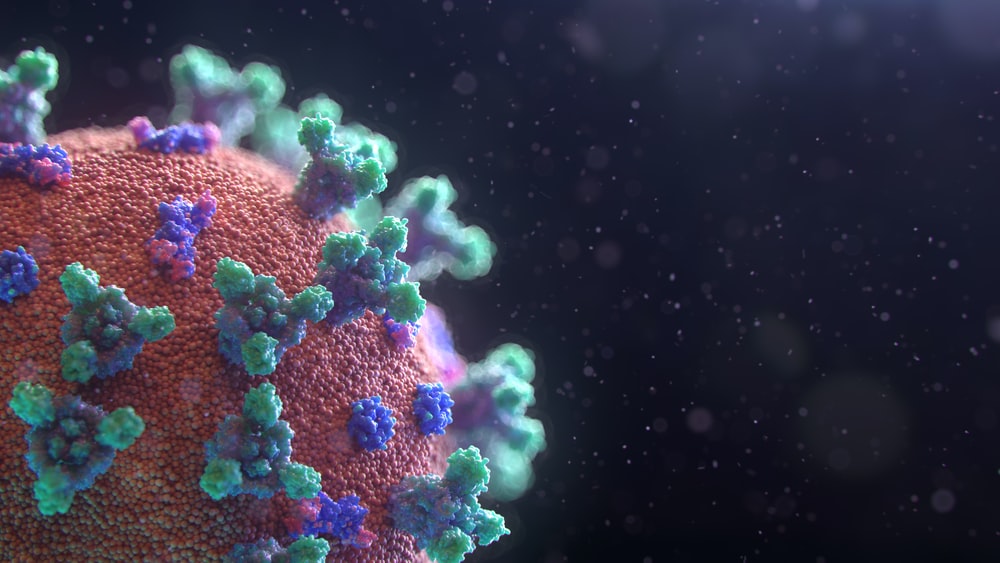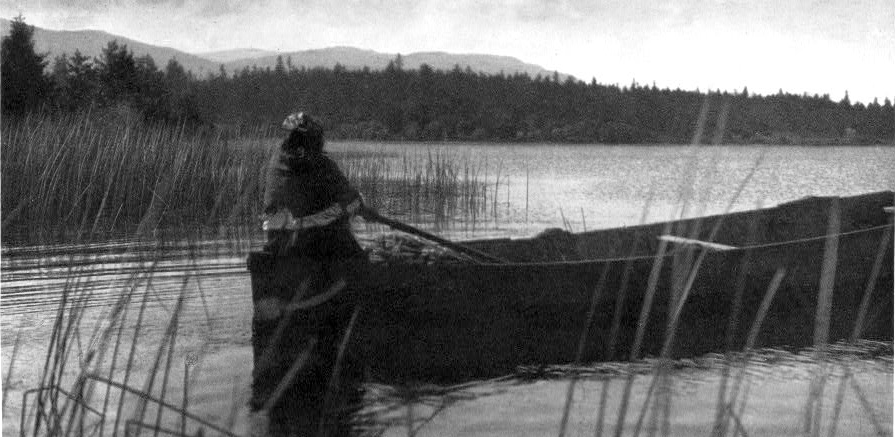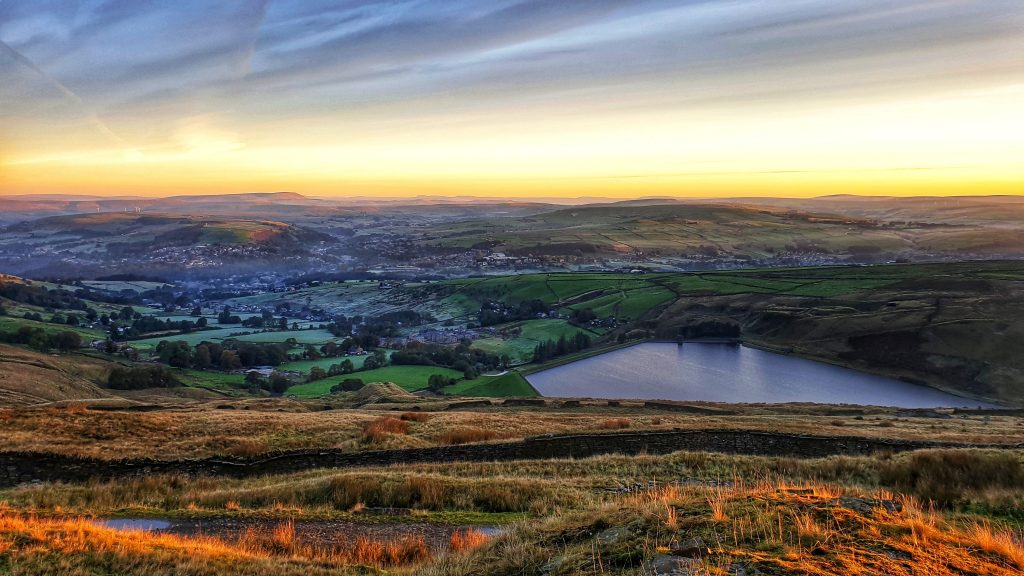Left-Brain Bias is Harming Our Planet
featured image | Leon Di Benedetto, pexels
A recent book called The Matter With Things by Dr. Ian McGilchrist points out the lateralisation of the human brain, and the ways in which left brain-bias is blinding and deluding our civilisation. It’s a staggering intellectual achievement, with an extraordinary breadth of knowledge and references which entirely justifies the 1500 or so pages across two enormous volumes.
He explores how this left-brain bias confuses our understanding of science, philosophy, and religion, and gets right to the root of why Western civilisation seems to be so confused about the nature of reality and our relationship to it. But I’d like to explore how this same bias seems to be clouding our thinking when it comes to climate action, and carbon markets in particular.
Although there’s no sharp distinction, and both hemispheres are involved to some degree in almost everything we do, the two hemispheres of the brain attend to reality in different ways. This split is found across the animal kingdom. He gives the example of a pigeon pecking corn on the ground, and the two very different kinds of awareness it needs to operate simultaneously in order to do so.
On the first hand it needs to be able to see the corn – it needs to be able to isolate it among the dust and pebbles, and then to pick it up with its beak. In other words it needs an awareness with a narrow beam of focus, capable of separating and classifying things, all in the service of operationalising its surroundings for its benefit. But at the same time it also needs to be on the lookout for predators. This kind of awareness needs to be global, general and capable of understanding and responding to something completely new and unforeseen.
Generally speaking the first kind of awareness is best carried out by the left brain, and the second kind of awareness is best carried out by the right brain – so much so that if you cover the pidgeon’s right eye (which connects to the left brain) it will still try and use its blind right eye to look at the corn.
Although the left brain is very good at breaking things into static parts and manipulating these parts for our own ends, it tends to jump to conclusions with unwarranted levels of certainty while being blithely unaware of its blindspots and limitations. The right brain on the other hand has a far better grip on reality as a whole, is much more capable of understanding flow and motion and is more comfortable with uncertainty, ambiguity and complexity. The two hemispheres work best when the left brain works in service of the right (hence the title of his first book The Master and His Emissary) – operating in the world and then feeding information to the right brain in order to complete the picture.
McGilchrist goes on to point out that Western civilisation seems to have a (potentially terminal) over-reliance on the left brain, i.e. linear rational thinking, while the gifts of the right brain (e.g. intuition, nuance, complexity) seem to be increasingly marginalized and under-appreciated. I believe this bias is showing up in climate action and inhibiting our ability to protect and restore our planet to health.
As anyone working within corporate climate action will attest, companies demand unreasonable levels of certainty and objectivity across a series of metrics before they will unleash their ESG or marketing budgets. Companies want to know the amount of plastic that has been gathered to the gram, the exact number of trees planted, and precisely how much CO2 this will absorb over time. Although I can understand why they want this certainty, all that time and energy spent gathering data is time and energy that could have been spent on direct impact.
The situation is much the same in the nonprofit world. With a few commendable exceptions, applying for a grant from a charitable foundation generally involves exhaustive form filling, data gathering and reporting. Is anyone calculating the amount of time being wasted by NGOs and charities in unsuccessful grant applications? If 500 non-profits spend a combined 5,000 hours (let’s say £100,000 in salaries for ease) applying for a £10,000 grant and only 10 of them win, then any positive effect of the grant itself has just been wiped out in wasted salaries – and that’s before any time has been spent actually delivering anything.
Left-brain bias also appears to be responsible for the malfunctioning of carbon markets. As I have written elsewhere, our binary (a feature of the left brain) approach to additionality (asserting that climate finance is the difference between a tonne of carbon remaining sequestered or not) appears to be the source of a great many perverse incentives, from exaggerating or even manufacturing deforestation threats, to disqualifying the communities who have managed their forests responsibly. But there’s simply no need to force something so complex into a binary straight jacket. When dealing with deforestation avoidance, additionality is not black or white, nor can it ever be entirely certain because we are being asked to predict deforestation levels in the future. That’s why Native assesses the additionality of each project on a sliding scale from 0% to 100%, and fully owns that these predictions are just that – predictions, and therefore will have a margin of error.
Even in trying to measure the amount of carbon stored in existing forests there will always be a degree of uncertainty, and our many attempts at eradicating uncertainty are fool’s gold. Instead of pretending that we can know for sure we could be far more effective if we simply embraced a degree of ambiguity – a feature of the right brain. As Albert Einstein wrote, “As far as the laws of mathematics refer to reality, they are not certain; and as far as they are certain, they do not refer to reality.”
Taking a step back – the entire enterprise of reducing a rainforest or mangroves to so many tonnes of carbon is left brain bias par excellence. The complex web of symbiotic human and non-human life co-evolving from moment to moment in an unbroken chain which goes back hundreds of millions of years is reduced to a single metric – CO2. All so that companies can call themselves “carbon neutral” – another typically left-brain concept.
Behind all this is the assumption that CO2 is the most important part about a rainforest, and that if we can achieve carbon neutrality then all our climate woes will be solved. In reality the natural world, and planetary health – and it’s strange that this needs to be said – is far more complex than that.
(Editor’s note: The author is CEO of Native – ‘the next evolution of carbon and biodiversity credits’. They provide a methodology, a map and a marketplace so that individuals and companies can protect and restore 3x3m squares of the world’s most precious and biodiverse ecosystems.)
Native uses three core principles on a sliding scale from 0% to 100% to assess and price ecosystems – Additionality, Biodiversity and Community. While this is an improvement, we are cognisant – and vocal – that no amount of metrics can capture the value of rainforests or mangroves or coral reefs. Metrics can be useful, but we must not confuse the metric for the thing we actually care about, the number for the value which it merely approximates.
As Jerry Muller writes in The Tyranny of Metrics, “Quantification is seductive, because it organizes and simplifies knowledge. It offers numerical information that allows for easy comparison among people and institutions. But that simplification may lead to distortion, since making things comparable often means that they are stripped of their context, history, and meaning.”
In the case of the 60,000 hectares of rainforest which Native is bringing to market in the Solomon Islands, there are 13 different language groups within the project, and each tribe has its own oral traditions and intact cultural practices. The forest is – so far – largely untouched. Local belief systems say that the forest is where their ancestors’ souls go when they die. The forest their afterlife. You can’t reduce that kind of sacredness to a number, and we should not try to.
I believe the hemisphere split is the root of the difference between a Western worldview and an Indigenous worldview. Because, evidence suggests that while the West seems to have a strong left-brain bias, indigenous cultures seem to have a more right-brain view of the world. A view which is sensitive to flow, intuition, and which sees the whole rather than the parts. All these things are blind to the left hemisphere.
As Marciely Ayap Tupari, secretary coordinator of Coordination of Indigenous Organizations of the Brazilian Amazon (COIAB) explains, “companies often end up coming to us with a proposal, wanting to finance, wanting to supposedly protect nature, but in their own way. When we explain our vision as indigenous peoples, many do not understand.”
This is the great challenge when trying to unleash private capital for the protection of natural assets under the stewardship of indigenous communities. Somehow we have to find a way of translating between an indigenous view of the forest as a living whole to a Western corporate view of the rainforest as a series of metrics in a spreadsheet, all of which serve the one metric which rules them all; companies’ bottom line.
We shouldn’t expect anything else. Companies are programmed to do one thing, and that’s maximize shareholder value. Rather than hoping for shareholder capitalism to change its stripes, we prefer to make use of this fact to unlock marketing budgets for the planet. Study after study shows that companies who are more sustainable and ethical can hire employees more cheaply, can raise investment more easily and can charge a higher price for their products and services.
But in order to achieve this, companies need a way to signal the impact they are having, and for that companies need metrics. It’s important Native provides these metrics without either losing companies along the way – in which case we won’t achieve anything at scale – and yet also without doing violence to indigenous communities’ holistic view of nature.
Native bridges this gap so that forward thinking companies can be a force for good while meeting their objectives, and indigenous communities have the resources they need to continue protecting the world’s most precious and biodiverse ecosystems, in their own way. As the market for nature-based solutions matures to accommodate a right-brain perspective, those companies who are brave enough to try something different will be way ahead of the curve.






